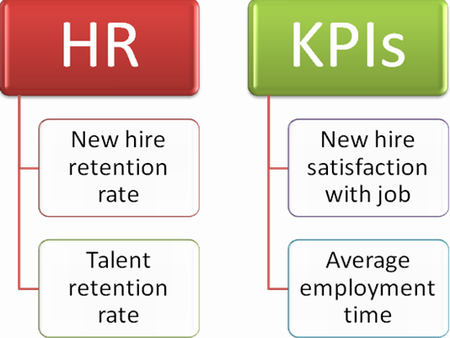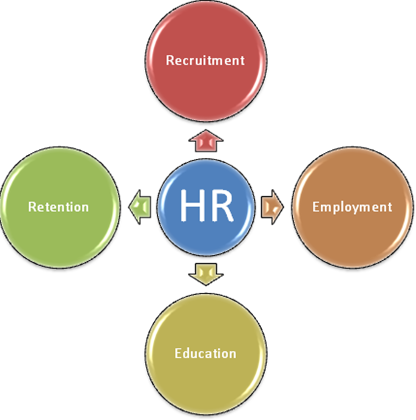Evaluation of the company financial potential and financial results seems very easy. It looks like top managers do not need any special tools. To financial figure’s a very easy to calculate. But is the money the only capital the company has? Does the money only create value for the company? There is a definite answer to this question – no!
It appeared that intellectual potential and intangible assets are equally important for the company. But the problem is that they are not so easy to evaluate. For example, there is no problem in calculating net profit or total losses for the accounting period. But it is rather problematic to measure such things as employee satisfaction or customer retention rate. Moreover, it is even more difficult to understand how nonfinancial indicators influence financial performance of the company. Evaluation of human resource performance requires a lot of nonfinancial indicators. Of course, of financial results in HR performance are very important. But humans cannot be measured with financial figures only. That’s why an increasing number of companies are using balanced scorecard system to measure performance of their human resource departments.

The major problem with human resource management is employment, education and retention of highly competent employees. Sure, you have heard about headhunting which sometimes looks like a real war. Those companies who have the most of intellectual potential have competitive advantage. Efficient human resource department creates working conditions and salary packages for employees so that they show their best performance.

Balanced scorecard does not only evaluate human resource performance but also helps align human resource goals, objectives and measures with the company strategy, mission and values. Thus, everything done by human resource department directly or indirectly influences total performance of the company and approaches or distances the company from strategic goals.
It is very important to select the right key performance indicators for human resource management. It is recommended to follow the principle of four categories of the balanced scorecard: financial, customer, internal business processes, learning and growth. The company should also set priorities for each category and indicator. For example, for some companies it is more profitable to hire inexperienced employees and then educate them, while others have no time to instruct new hires, and thus they require experienced professionals.
Learning and growth category offers key performance indicators which characterize education and training of personnel which is very important for any company that wants to maintain its competitive advantage or even improve it.